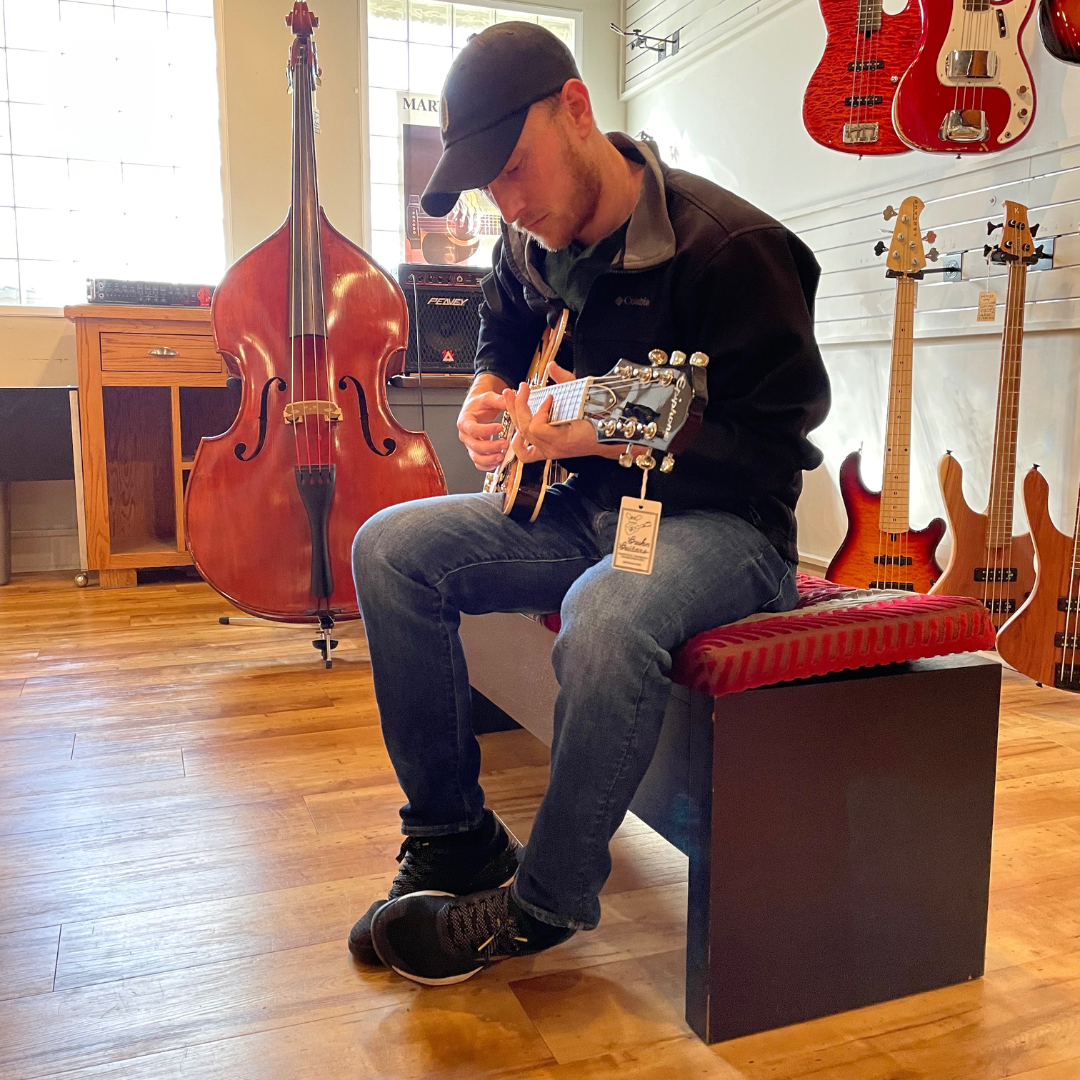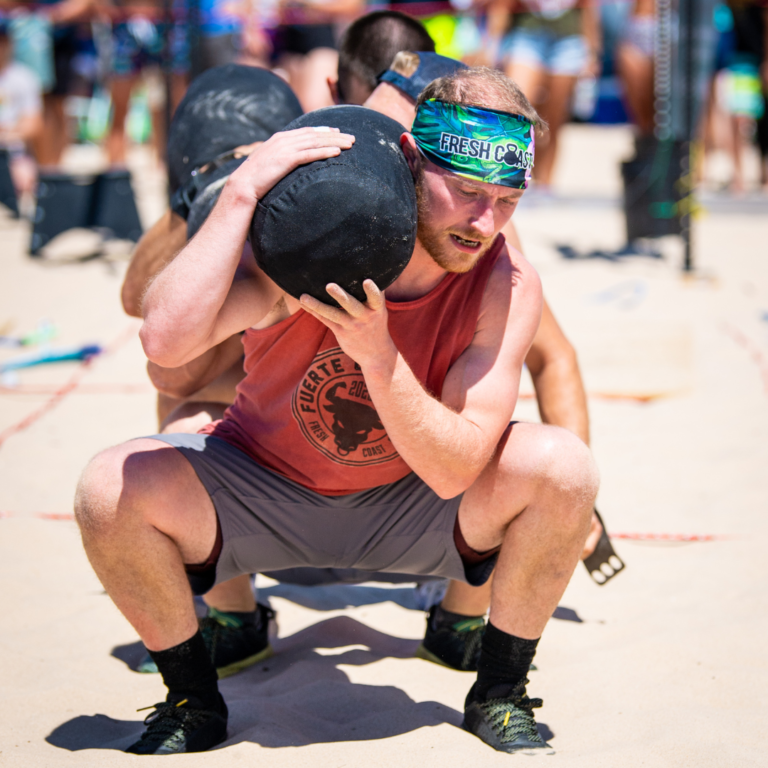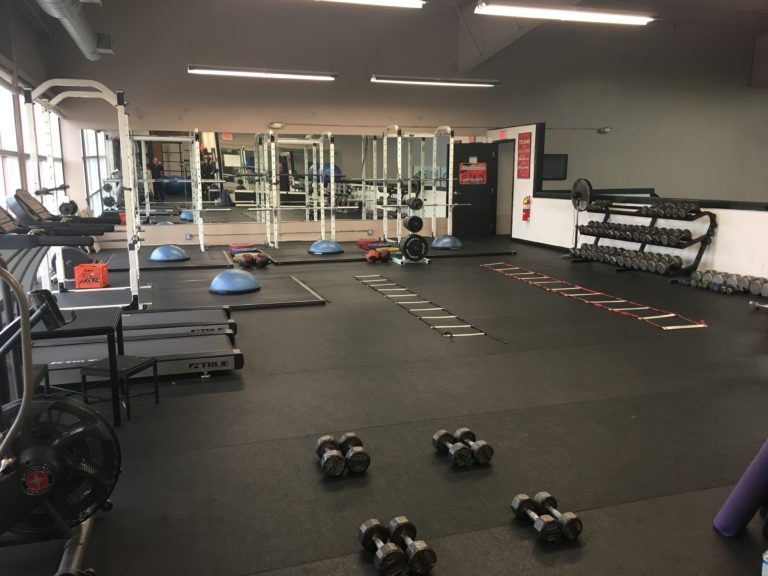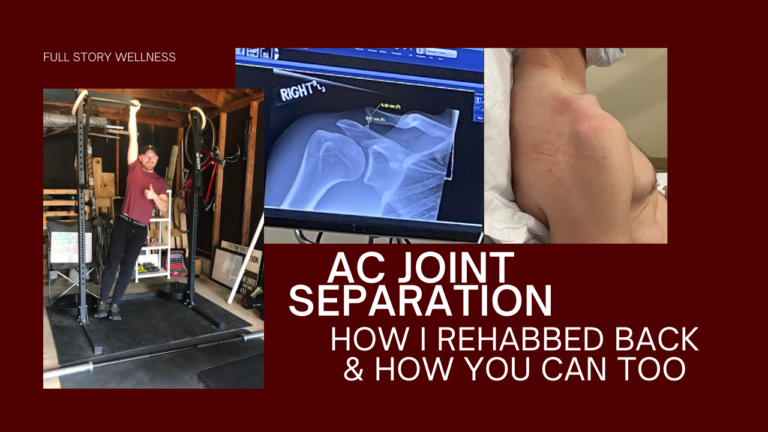"If you want to stop feeling old then stop acting old!" - Paul Chek
Have you ever gotten out of bed one morning and everything is unusually tight or sore? Similarly, have you ever started to feel some discomfort in an area (neck, back, hips etc.) randomly as the day goes on?
Of course you have, we all have!
This is part of being a human with a mind/body relationship.
It can be frustrating however when our bodies and minds create random aches or pains seemingly from nowhere that won’t go away, or get worse.
A lot of people attribute this to just getting old or slowing down.
I’d argue that’s more of a mental belief than the sole causation for this sensation.
If it’s not us just getting older then why do these random aches and pains happen without an injury (breaking a bone, stubbing your toe, accidentally cut yourself, roll an ankle etc.)?
This article will give a framework to work through that can help you pinpoint what may be causing random aches, pains, overuse injuries, muscular imbalances, and most importantly, a path to take to try and mitigate future symptoms.
The Framework: *(examples listed below)
-what are the (common, new, or more intense) movements.
-what relationship do they share (rotation, extension, involve same joints etc.)
-do these movements cause pain or discomfort (whether immediate or over time)
-do the opposite to try and balance on other side (adaptation/balance)
-ask better/worse/no change? (Go from there)
Let’s dig in!
Being active for my whole life (and not so intelligent at times) I’ve run into my fair share of annoying aches and pains.
To start I’ll use some of my own examples of working through these questions to show how a multitude of things can compound into something as simple as “elbow pain”.
Then I’ll give some common examples at the end to give you a starting point if you need more information.
—>side note: this is one of the many reasons why checking in periodically with a coach or manual/massage therapist can be great to give you a different perspective to see what could need addressing if unknown.
Let’s start with a pain free example but a muscular imbalance that started to develop until I started to work on balancing it out.
In an effort to not bore you with all of the details leading up to this point lets fast forward (rewind?) to 2015.
I’m 22 years old and take up Ice Hockey as an adult because I’ve always wanted to and hope to better understand/relate to the athletes I was working with.
This leads us to the 1st use of the mental framework;
-what are the (common, new, or more intense) movements.
-what relationship do they share (rotation, extension, involve same joints etc.)
-do these movements cause pain or discomfort (whether immediate or over time)
-do the opposite to try and balance on other side (adaptation/balance)
-ask better/worse/no change? (Go from there)
Hockey is an interesting sport in that its movements mimic a lot of other sports but are slightly unique compared to those similar ones.
Two examples are;
-Skating requires more Leg Abduction (leg out to the side, away from body) & Leg Adduction (leg back toward the middle of the body) compared to running.
-Like baseball, golf, or tennis hockey is a rotational (turn your shoulders/hips) type sport. Where it differs though is the hands are much further apart and doing different things at once say verses a golf or baseball swing, and the rotational movements are at different angles like tennis but with even more constraints thrown in.
—>side note: there are a ton but this is simplified to try and make things easier to follow
If someone were not in pain with these movements (the next point in framework) then they would benefit from working these movements in different ways on both sides to try and make sure each side is getting equal stimulus to aid with balance and overall resiliency in them.
Simplified Exercise Examples:
–Single Arm Upright Rows for both shoulders
-Banded, MB Throw, or Cable Thoracic Rotations in skating stance (start with non shooting or dominant side)
–Upper body pulling in various angles because hockey has a lot of pushing type upper body movements.
When I stopped doing “balancing” exercises (while still playing a lot of hockey) the overcompensation started to happen fairly quickly.
I noticed my movements regressing in power/strength and needing more of a warm up in order to do fully.
Now I know that if I play hockey more than 2 days a week I need to “prehab” my body so it’s prepared, balanced as can be, and strong in the motions required.
Maybe this is all you need to adjust in your workouts to start to feel better and less achey or tight.
Ask yourself, “What are the movements (that you commonly do, that are new, or more intense)” and “what relationship do they share” then see what you find.
If so try the opposite motions and see if the movements become easier and more natural over time!

For the 2nd example, let’s dig into a more common scenario for using this framework.
Random pain in a movement/area with no new stimulus or activity.
It’s important to note that pain in this circumstance (no traumatic injury) is just your mind telling you to take action, do something different, or “not like that”.
The Framework will be altered slightly in the circumstance there is pain.
We will expand on the idea of balancing out the muscles with the opposite type of motion or exercises but add too it by addressing the pain first.
That means the altered framework would look like;
-what are the (common, new, or more intense) movements.
-what relationship do they share (rotation, extension, involve same joints etc.)
-do these movements cause pain or discomfort (whether immediate or over time)
-ask better/worse/no change?
-do the opposite to try and balance on other side (adaptation/balance)
-ask better/worse/no change? (Go from there)
If you notice the only change is the addition of a second ask better/worse/no change. This is because we want it at the forefront of our mind that we are trying to find what certain movements do to the pain.
It’s just a reminder to get a little more present.
*Does this movement/modality make it worse? Don’t do it!
*Does this movement/modality not make a change? Keep looking for something that does.
*Does this movement/modality make it better? Do more of it!
—>side note: modality here could be a number of things. Foam roller, stretch, sauna, meditate, going for a walk, drinking water, literally anything.
For this example we will go into my fairly recent bought with Tennis Elbow and Wrist Tendonitis.
This all started from learning guitar as an adult. Whats interesting though is it didn’t start to happen until 3 years into playing.
Making the pain definitely seem random and puzzling at first.
In hindsight it seems obvious now though.
There is one main reason for this, as I got better I typically played more often and for longer durations. Eventually playing more than my body could tolerate.
Maybe not in the way you’d think though.
The muscles were being worked, but they weren’t being worked enough to need a ton of recovery time (think grip strength for a deadlift verse fretting/squeezing a guitar neck).
This submaximal work paired with improved neurological competence (being more familiar with technique, shapes, chords etc.) meant that my Ligaments and Tendons were now the weak links.
Ligaments and tendons take longer to adapt and get stronger than muscle or our brains do.
—>side note: during the worst period of the pain I made the problem worse because I had the the trifecta of Hockey (without the prehab exercises) + new hobby obsession (playing a ton) + sleeping on the same shoulder as the elbow pain and hand/shoulder that works more in hockey = the problem got wayyy harder to manage. Think 1 step forward 2 steps back. This is the only reason I believe the pain/symptoms progressed as much as they did. Please be more proactive than I was and don’t let laziness hold you back!
Now let’s refer back to the framework and see what you can do if you ever find yourself in a relatable situation.
That means the altered framework would look like;
-what are the (common, new, or more intense) movements.
-what relationship do they share (rotation, extension, involve same joints etc.)
-do these movements cause pain or discomfort (whether immediate or over time)
-ask better/worse/no change?
-do the opposite to try and balance on other side (adaptation/balance)
-ask better/worse/no change? (Go from there)
My Example:
- -common movements: (squeezing/pinching, chords, barre chords etc.)
- -what do they share: (flexion and a squeezing grip that has been uncommon to me through sports/lifting as well as shoulder dumping forward like in hockey but ER instead of IR.)
- -is there pain: (yes—>pinching/guitar being worst. ) [limit the stress and do opposite movements]
- -opposite movements I did to help; (Banded Finger/Hand Extension (multiple ways), Banded Wrist Pronation, Lying Sleeper Stretch, 5 Way Shoulder Series, 5 Way Wrist Series, and squeezing/pinching with banded wrist supination on the opposite side to try and balance things out side to side.)
Before wrapping up here are some common examples/symptoms this framework has helped people work through!
*Remember get present and ask if the symptoms or results are Better, Worse, or No Change after the exercise or modality.
-Low Back Pain/Sciatica Type Symptoms —> Mckenzie Press Up Vid
-“Text Neck” or forward head posture —> neck full range, cat-cow, & shoulder rotation
-Sitting (discomfort or have to most of the day) —> Hip Rotation with Extension, Hip Airplane, Cat-Cow, 45 Degree Back Extension
-Soft Tissue work effectiveness —> (more with pain or mobility improving, versus the relaxation effect)
-Exercise variation benefit —> (hit target area, helps make technique click, proper stimulus etc.)
~
Our bodies are always adapting to our environments and the stresses put on them, it’s our responsibility to be proactive that we are doing this in the most advantageous way possible for what we want out of life.
This article aims to empower you the reader with information and examples of a framework to try and use to become more self-sufficient with your body and fitness.
There is always something you can do, don’t give up and keep going!
—>side note: Be sure to also check out our Free Body Care Course for a more in depth look into what goes into keeping your body performing and feeling good for decades to come.
To Your Success,
-Josh
P.S. Pain can be incredibly complex, this article by no means is a panacea for pain or injury prevention/rehab. Use common sense to determine if you should seek out help from a qualified medical professional.
🙂



